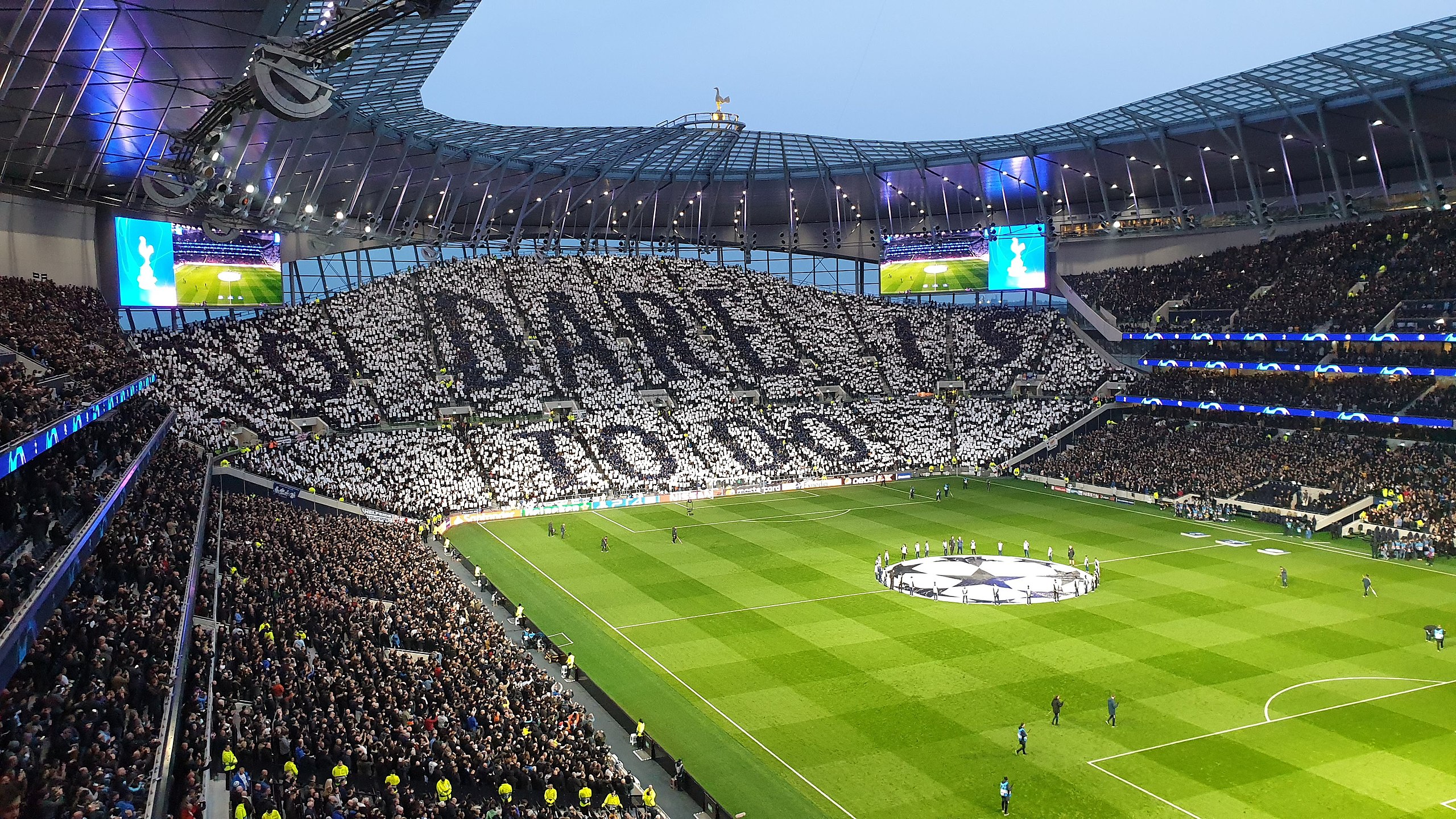As a Tottenham Hotspur fan, I think it’s safe to say that an injury crisis has severely impacted our season, with the absences of Micky van de Ven, James Maddison, Rodrigo Bentancur, and many more creating a gaping hole within the entirety of the team.
However, this injury phenomenon is not limited to just White Hart Lane, with almost every single team suffering from a seemingly never-ending list of absences. Both Manchester teams have lost crucial pillar stones within their systems, as City have been lacking the creative ability of Kevin de Bruyne for every match this season bar the first against Burnley, while United have been without one of their starting centerbacks, Lisandro Martinez. Other teams, such as Newcastle United, are suffering with ten absences due to injuries, with more than 100 Premier League players being registered as injured, according to talkSPORT.
Although injuries have always been a part of football, there appears to be a significant increase in the number occurring within the game. There has been a 15 per cent increase in injuries in the Premier League, as reported by BBC Sport using data from Premier Injuries. This increase has had a significant impact on the Premier League, as injury-ridden teams such as Manchester United and Tottenham have struggled to cope as their squads become increasingly shallow.
The reason behind the increase in injuries appears to be related to the number of games players are being asked to play within the season. The Premier League has mandated 60 hours between kickoffs for clubs, but Ben Dinnery, the founder of Premier Injuries, speaking to BBC Sport, said that the minimum “recovery needed we’d say is 72 hours,” with anything less being potentially concerning.
In order to accommodate the three rounds of matchdays during the upcoming festive period of December 21 to January 2, some clubs, such as Chelsea, will only have a total of 143.5 hours of recovery time. Many managers have spoken out against this increasingly crowded fixture list, with Manchester City manager Pep Guardiola claiming that his treble-winning team is limited to training only for 30 or sometimes even 15 minutes to reduce their risk of injury.
Another cause of this injury crisis is certainly the mid-season Winter World Cup. Howden’s European Football Injury Index has demonstrated that since the disruptive tournament hosted in Qatar, the average time for recovery has increased, with injuries to the ankle, calf, shin, and hamstring all becoming more severe. This increase in severity is impacting all of Europe’s domestic leagues.
According to Reuters, Howden’s head of sport, James Burrows, said that he hoped that this “research and analysis will provide Europe’s top clubs with additional insight as they continue to talk to the game’s governing bodies about an improved alignment of the domestic and international calendars and the broad issue of fixture congestion.”
It appears that most of the players in European top-flight football agree. Real Madrid defender Dani Carval has described the fixtures as “very demanding,” arguing that a lot of the injuries “are due to the calendar.” The Spanish international went so far as to say that players would potentially accept a salary cut for fewer games, stating that “If we had to earn less and play fewer games, it wouldn’t be a problem.”
However, despite players, managers, and statistics all being in favour of a less congested fixture list, the governing bodies of the world game appear to be pushing for a more intense calendar. For example, starting next season, both the Champions League and the Europa League group stage will feature two more matches. This is compounded by the further development of the Club World Cup in 2025, which will feature 12 European clubs, including Manchester City, Chelsea, and Carvajal’s Real Madrid, with the Spanish defender stating that “with the new Club World Cup, we won’t ever get a summer off.”
Ultimately, the increasingly congested fixture list that players are faced with will continue to result in more injuries and reduce the quality of football played in Europe’s top leagues. There are many solutions being floated, such as a longer summer break, more rest in between matches, and larger squads. But ultimately, for us to continue to enjoy the game and the players we love, we have to give them more protection.
“Tottenham Hotspur Stadium South Stand” by Bluejam is licensed under CC BY-SA 4.0.

